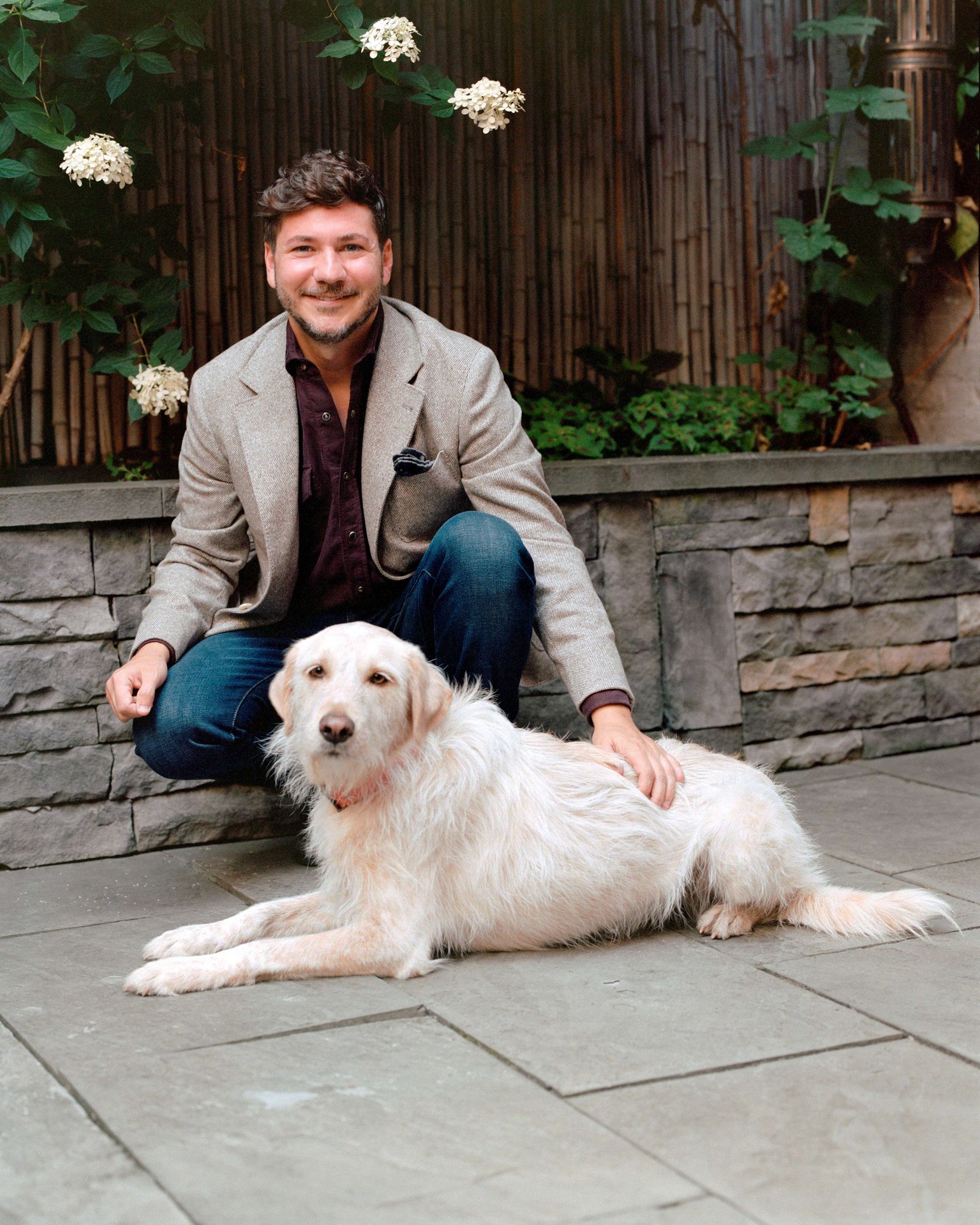The random appearance of articles claiming that fur has suddenly reemerged into fashion relevancy is a curiosity to those of us who watch the inexorable decline of the trade. Such articles remind me of the mob wives fur fad of last year. If you strip away sensational headlines and cherry-picked quotes, you’re left with … well, not much, really.
Because the consensus remains that buying new fur is cruel and unnecessary, the fur trade has declined by around 85% over the last decade. In 2014, roughly 140 million foxes, raccoon dogs, chinchillas and mink were confined in cages for their entire lives and killed solely for fashion accessories. In 2023, that number stood around 20 million.
That decline – and the reason animal fur is unlikely to return as an acceptable consumer good despite the occasional media grab – is happening because broadscale corporate policy change aligned with consumer values has taken root. Most major brands, designers and retailers have publicly committed to abandon the sale of animal fur. In addition, many financial institutions – including ING, Goldman Sachs and the International Finance Corporation – have embraced policies against funding the fur trade. Finally, cities, states and countries have enacted laws banning fur farms or the sale of new fur apparel – including online sales. These, and future policies in the public and private sectors, will continue to squeeze industry profits to the point at which the fur trade will no longer be economically viable.
Even so, because of fashion’s cyclical nature, there will always be a need for trendsetting organizations, like fashion magazines and fashion weeks, to renew and reinforce the message that animal suffering for the sake of fashion is unacceptable. That way, future generations will understand if you want to show at fashion weeks or be featured in fashion magazines, you cannot promote animal cruelty.
For example, even though ELLE magazine and London Fashion Week have already taken a stand against the fur trade, both continue to use their brand platforms to drive and sustain innovation and their commitments toward a more humane and sustainable future.
I’ve spent the good part of my career – over 15 years – meeting with fashion companies to make the simple case that selling fur is not just a risk but a bad bet. Whether it’s reputational or financial, the risk of being associated with animal cruelty is inherent to the fur trade and always will be. You simply can’t put wild animals in small cages and not expect pain, suffering, disease and filth. Once companies understood those risks and started publicly distancing themselves from the trade, animal fur lost its appeal and luxury status.
Most of these meetings followed a similar pattern with companies acknowledging the cruelty but needing sign off from multiple departments before committing to a fur-free policy. The exception was a meeting I had with then-CFDA head Diane von Furstenberg. As I began to lay out the case against the fur trade, she stopped me to tell me about the fur coat her mother purchased after being liberated from Auschwitz and what it meant at the time to her family.
I braced myself for what I expected would be a fast rejection of my request, but then, after a pause, she also shared that she was troubled by how animals were treated on fur farms, and by her sense those conditions echoed what humans experienced during that horrific time. I will always remember the moment when she assured me her name-sake brand would go fur-free, for never had I ever seen someone with her power make such an empathetic connection to the suffering of tens of millions of animals, who want nothing but to live their own lives free of fear and pain. Whatever the symbolic significance that fur coat had held for her family, von Furstenberg understood that if you have an opportunity to see and do what’s right, you do it.
That very year, DVF released a line of luxurious faux fur jackets, giving up nothing in creative power or luxury status but instead winning praise as a thoughtful and humane leader. The same proved true of other CFDA board and committee members through the years, including Thom Brown, Tom Ford, Stacey Bendet, Tory Burch, Tommy Hilfiger, Ralph Lauren, Michael Kors and so many others who made public fur-free commitments with certainty and conviction that it was the right thing to do.
As the fur trade plummets in relevance and value, the fashion industry should see this as an opportunity to have a new baseline for what is and is not acceptable, and the only way to do that is by no longer staying silent. Because steps in the right direction are fundamental to the march of progress.





